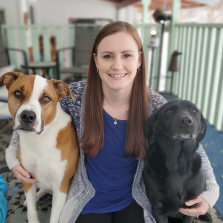Home / Best Practices / How to best comply with DEA audits when it comes to Manufacturing Overfill?
Are you accurately accounting for Controlled Substance Waste and Hub Loss?
It is almost impossible to extract out the entire contents of the vial. For example, a vial which contains a recommended dose of 5 mL may have 5.2 mL of the injectable drug. This extra amount is added to the container to ensure that a syringe can withdraw a 5 mL dose, since some of the drug will remain as residue on the wall of the vial. The concern of the DEA, however, is that the overfill that is being placed into the vials can potentially be diverted by staff if nobody is paying attention to those little amounts that can add up quickly. If you are not paying attention to the starting amounts of the drugs you are purchasing, there is a very good possibility that someone that you work with knows it exists and may take advantage of this knowledge. Look for discrepancies, they show patterns that can lead you to the source of the drug diversion. The easiest way to determine if you have “overfill” is to see if your logbook transactions are going into the negative numbers as you exhaust the bottle contents.
One way to accurately account for manufacturing overfills is to explore adding weight tracking to your controlled drug logging process. Weighing your liquid containers when they are received and put into inventory and when they are finished up, helps you catch manufacturing overfill as well as accounting for any residual amounts left in the container that you aren’t able to draw up. Recording weight as you are entering in your usage logs will also help highlight for you when there are other potential discrepancies.
While doing this with a paper logbook can be time consuming, and you must remember to be consistent with the weight recording and calculations. VetSnap allows configurable options between tracking by quantity and tracking by weight. Get all the benefits of weight tracking to accurately address manufacturing overfill and other logging challenges with liquids, and save a ton of time doing it with a DEA approved digital logging solution. Check out how VetSnap weight tracking is on the leading edge of solutions for veterinary controlled drug logging here.


